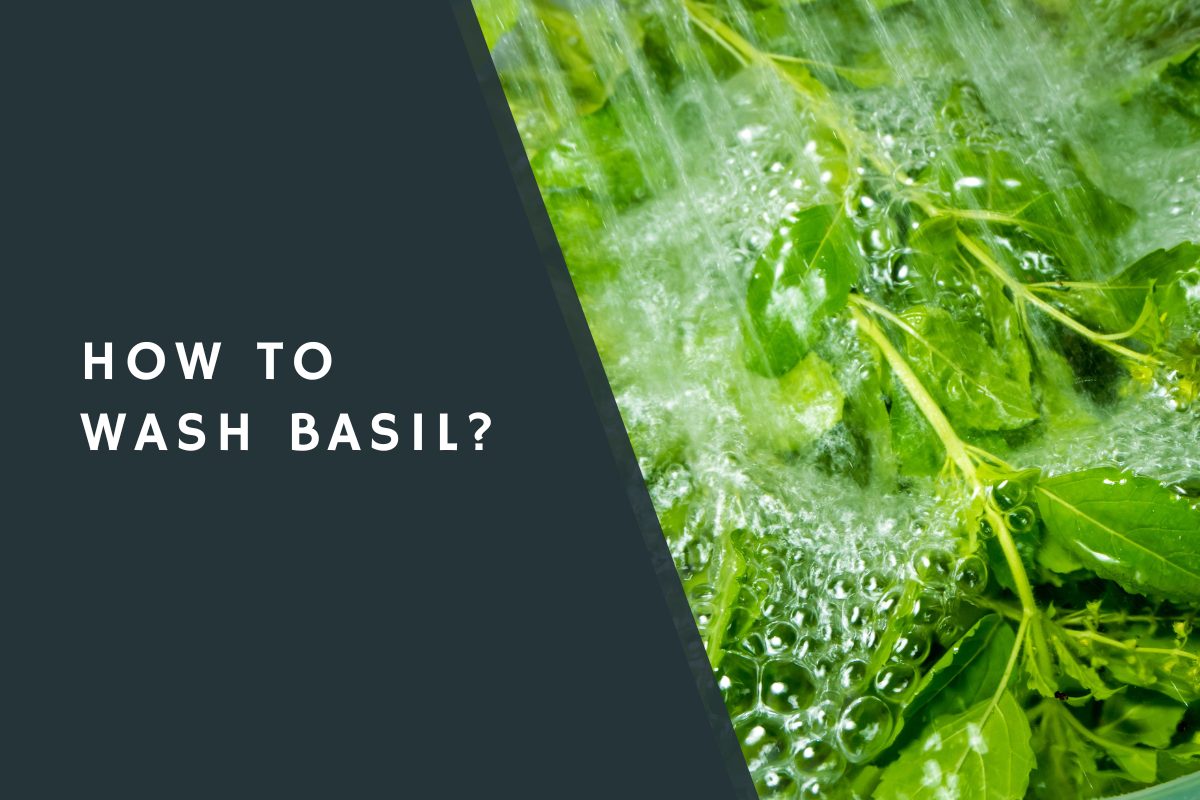As someone who loves to cook, I’ve always had a soft spot for herbs and spices. They add so much flavor and depth to dishes, and can really take a recipe to the next level.
Basil vs Cilantro: Two herbs that I use quite frequently are basil and cilantro. While they may seem similar at first glance, they actually have very different flavors and uses in the kitchen.
In this article, I’ll be sharing my personal experiences with basil and cilantro, and how I like to use them in my cooking.

See Also: Basil vs Parsley: A Comprehensive Guide
Basil: The Sweet and Savory Herb

I first fell in love with basil when I was living in Italy for a semester abroad. The fresh basil there was so fragrant and flavorful, and I quickly became hooked on using it in all sorts of dishes.
From classic pesto to a simple tomato and mozzarella salad, basil always seemed to enhance the flavor of the dish.
One of my favorite ways to use basil is to make simple basil oil. I simply blend a handful of fresh basil leaves with a little bit of olive oil and then drizzle it over grilled vegetables or a piece of fish.
The oil adds a lovely basil flavor without overpowering the dish. I also love using basil in pasta dishes, especially with a little bit of garlic and parmesan cheese.
Cilantro: The Polarizing Herb

Cilantro, on the other hand, is a bit of a polarizing herb. Some people absolutely love it and can’t get enough, while others can’t stand the taste and avoid it at all costs.
Personally, I fall into the former category and absolutely adore cilantro. I think it has a bright and fresh flavor that adds a lot of depth to dishes.
One of my favorite ways to use cilantro is in Mexican and Latin American cuisine. I love adding it to salsas, guacamoles, and even grilled meats.
Cilantro also goes well with citrus flavors, so I often use it in marinades for chicken or fish. I’ve even used it in a refreshing watermelon salad with feta cheese, where it really added a nice pop of flavor.
How to Choose the Right Herb for Your Dish?
So, how do you choose between basil and cilantro for a particular dish? It really comes down to the flavors you want to highlight. Basil has a sweet, savory flavor that pairs well with tomatoes, cheese, and meats.
It’s also great in Italian and Mediterranean dishes. Cilantro, on the other hand, has a bright and fresh flavor that works well with Mexican and Latin American cuisine, as well as dishes with a citrus twist.
If you’re not sure which herb to use, you can also try combining them. A little bit of basil can add a nice depth of flavor to a cilantro-heavy dish, and vice versa. Experimenting with different herbs is one of the best parts of cooking, so don’t be afraid to try something new!
How to Store and Preserve These Herbs?
If you’ve ever bought a bunch of fresh herbs, you know that they can go bad quite quickly if you don’t use them up in time. Luckily, there are a few simple ways to store and preserve both basil and cilantro so that they stay fresh for longer.
To store basil, trim the stems and place the basil in a jar of water, just like you would with cut flowers. Cover the jar with a plastic bag and store it in the refrigerator. The basil should stay fresh for about a week this way.
Cilantro, on the other hand, is a bit trickier to store. It tends to wilt more quickly than basil, so it’s best to store it in the refrigerator wrapped in a damp paper towel, and placed it in a plastic bag. This should keep it fresh for a few days.
If you have a lot of herbs and don’t think you’ll be able to use them up in time, you can also try freezing them. To freeze basil, simply chop the leaves and place them in an ice cube tray.
Fill the tray with water and freeze. Once the basil is frozen, transfer the cubes to a plastic bag and store them in the freezer. You can use the basil cubes as needed in your cooking.
Cilantro can also be frozen, but it’s best to do so in a slightly different way. Instead of freezing the leaves whole, you’ll want to chop them and mix them with a little bit of oil or water.
This helps to prevent the cilantro from turning brown when it’s frozen. Place the mixture in an ice cube tray and freeze, just like you would with the basil. Once frozen, transfer the cubes to a plastic bag and store them in the freezer.
Conclusion
Cilantro vs basil So, As someone who loves to cook, I’ve come to appreciate the unique flavors and uses of both basil and cilantro.
While they may seem similar at first glance, they actually have very different flavors and uses in the kitchen.
Basil has a sweet and savory flavor that works well in Italian and Mediterranean dishes, while cilantro has a bright and fresh flavor that pairs well with Mexican and Latin American cuisine.
Whether you prefer basil or cilantro (or both!), these herbs are sure to add a lot of flavor and depth to your cooking.
So don’t be afraid to experiment with different herbs and see what works best for you and your taste preferences. Happy cooking!
I am an accomplished tech writer with a passion for simplifying complex technology concepts. With a background in Tech, James has dedicated their career to making the intricacies of the digital world accessible to a broad audience.








